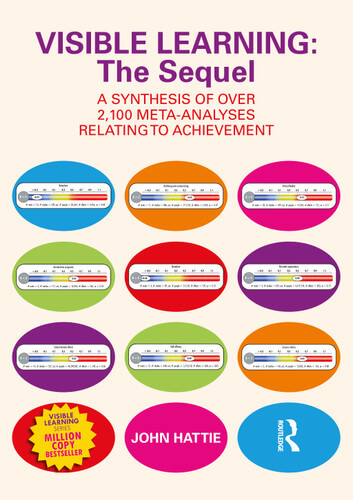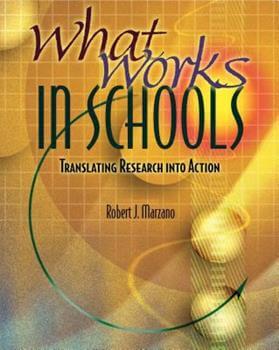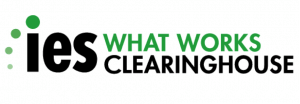Resources
Evidence-based Sources
The Invitation 2 Learn list is sourced from finest collection of educational and learning research from current preeminent evidence-based data. Sources include:
Description Of Evidence-based Sources
Advantages
Authoritative; meta-analysis rankings & effect-size; available charts and database; links to research; 252 results; free.
Disadvantages
No teacher practical guidance (TPG) “how-to” section for teachers; complicated; searchable process complex; rarely used by teachers during MTSS / PLC meetings.
John Hattie is the Director of the Melbourne Educational Research Institute at the University of Melbourne Australia. Hattie and have engaged in the largest synthesis of educational strategies, practices and influences utilizing. They used a meta-analysis statistical technique to determine effect-size. This information was first published in his book Visible Learning 2008 and updated in 2023. Hattie’s unique and ground-breaking work is the result of 25 years of research and analysis. The Hattie team has synthesized 1,850 meta-analyses comprising more that 108,000 studies involving 300 million students world-wide. A major contribution of his work is the “dashboard” that lists in rank-order by effect-size strategies and influences that impact achievement. It is from this dashboard that the majority of practices were identified for Solutions Inventory.
Advantages
Disadvantages
Robert Marzano is an educational researcher in the United States who is well known for his work on “high-yield teaching strategies.” In Classroom Instruction that Works (2001), Marzano and co-authors Pickering and Pollock outlined nine instructional strategies likely to improve student achievement across all grade levels based on meta-analysis of educational research. Each of these practices are included in the Solutions Inventory:
- Similarities and differences
- Summarizing and note-taking
- Encouragement and reinforcing effort
- Non-linguistic representations
- Cooperative learning
- Setting objectives and feedback
- Generating and testing hypotheses
- Cues, questions and advance organizers
Advantages
Disadvantages
(WWC) is the leading federal source of evidence-based information about education programs, policies, and interventions that show promise for improving student outcomes. The WWC is the standard-bearer for identifying high-quality studies and reliable evidence-based solutions. Especially useful are the Practice Guides that provide teachers with a summary in handbook form that can be downloaded for more specifics on the following topics. Each of these practice guides are referenced and linked to the appropriate strategy in the Teacher Practical Guide (TPG) document.
- Reading Intervention: grades 4-9 (2022)
- Math Intervention: elementary grades (2021)
- Writing: grades 6-12 (2017)
- Reading Foundational skills: K-3 (2016)
- Writing: grades 1-6 (2012)
- Math: grades 4-8 (2012)
- Algebra: grades 6-12 (2015)
- Math: young children Pre-K (2013)
- Reading Comprehension: K-3 (2010)
- Fractions: K-8 (2010)
- RTI Math: grades 1-8 (2009)
- RTI Reading: grades K-3 (2009)
- Reducing Behavior Issues: K-6 (2008)
- Adolescent Literacy: 5-12 (2008)
Advantages
Disadvantages
EBI is the best collection of information and resources for MTSS interventions, assessments, and RTI procedures. EBI provides information on four sets of math interventions, five sets of reading interventions, and five sets of behavior information. It does not however, include a user-friendly format for easy identification of strategies in a rank-order format. This makes it difficult for teachers to find what you need when you need it.




